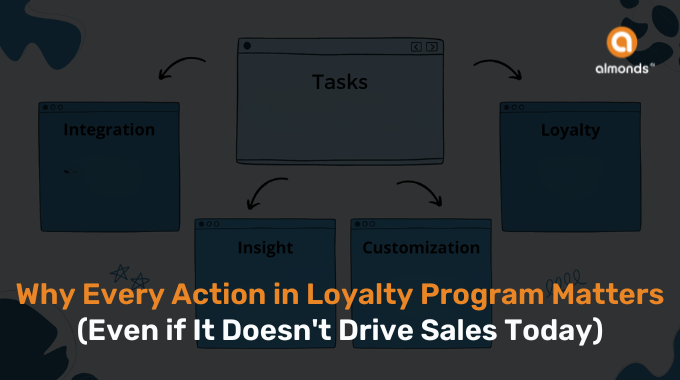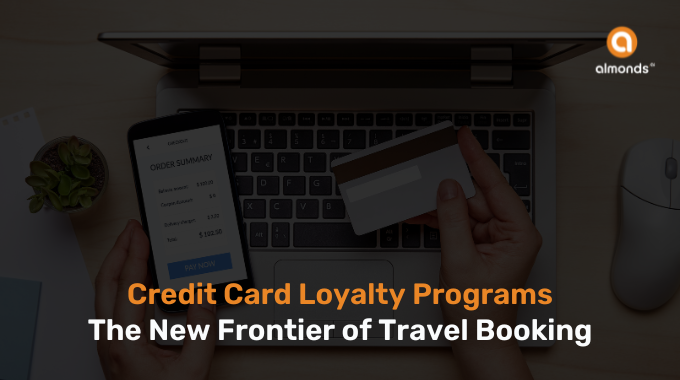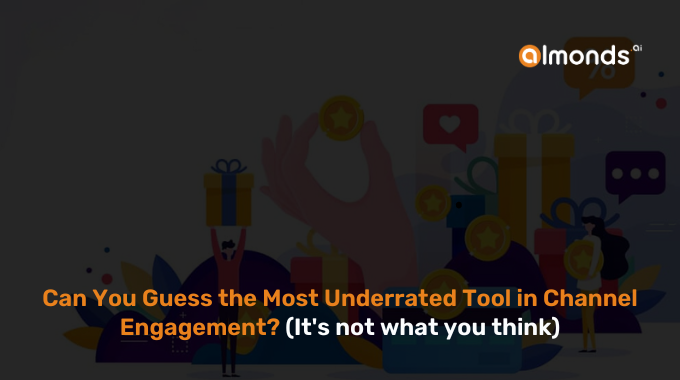Today surprisingly, over 90% of companies have embraced these programs, realizing their incredible potential for building lasting customer relationships. Even more intriguing, a remarkable 84% of loyalty program members actively redeem rewards, showcasing the tangible benefits these initiatives offer.
Yet, the loyalty program landscape is nuanced. While the average consumer belongs to nearly 15 loyalty programs, their active participation is limited to just 6.7. This selective engagement underlines that consumers choose programs that truly resonate with their preferences.
However, not all loyalty programs are created equal. Only 18% of consumers actively engage with every program they join, highlighting the challenge of capturing full member commitment.
In this blog, we will delve into the reasons why brands should invest in loyalty programs to achieve substantial cost savings in marketing.
1: Customer Acquisition Cost (CAC) Reduction
A major contributor to reducing marketing expenditure through loyalty programs is the “reduction in customer acquisition costs”. These programs encourage customer and channel partner retention, thereby lowering the need for extensive and costly efforts to acquire new clients.
Right now, more than 90% of companies (in B2B environment) have some form of loyalty and rewards program. From this, brands can tap into the power of these programs to retain existing clients, minimizing the need for costly customer acquisition campaigns. There 84% of members have made redemptions from the program.
Such active participation not only cements customer relationships but also lowers the CAC.
2: Selective Engagement
While the average consumer belongs to nearly 15 loyalty programs, their active participation is limited to just 6.7 of them. This selective consumers and channel partner engagement emphasizes the importance of creating loyalty programs that genuinely resonate with their preferences and needs.
By understanding what compels clients to engage with a particular program, companies can channel their marketing resources more effectively. To increase engagement, brands can also use non-business activities that their potential consumer or channel partner likes, such as gamification elements, active meetings, and community building. With the help of these practices, brands can create more targeted marketing campaigns with a higher chance of conversion.
3: Satisfied Customers
Satisfied customers are more likely to become brand advocates, they refer the brands to people they know, they prefer and purchase more than new customers, and brands require less marketing expenditure to attract them.
44% of loyalty program members express very high satisfaction with their programs. It indicates that these programs can lead to satisfied and loyal clients and customers in the market.
4: Innovating Rewards
In B2B loyalty programs, it’s crucial to ensure that rewards remain captivating and relevant. But right now, 29% of clients desire more interesting rewards. For them, brands have to focus on innovation and offer compelling rewards.
47% of Gen-Z clients would pay to upgrade their loyalty program membership. This willingness to invest in loyalty programs suggests that customers and channel partners see value in the offerings and are willing to commit, reducing the need for marketing to attract them.
5: Privacy Concerns
71% of Americans are less likely to join a rewards program that collects personal information like addresses and account information. Loyalty programs that address these concerns can build trust and reduce the marketing required to reassure clients.
By implementing secure and privacy-focused loyalty programs (such as clear T&Cs, supportive customer care, and law following structure) enterprises can save on marketing expenses to address such concerns.
6: Digital Transformation and Convenience
The modern business world is increasingly digital, and loyalty programs that embrace this transformation can reduce the marketing needed to promote them.
79% of channel partners say they are more likely to join a rewards program that doesn’t require them to carry a physical card. Embracing digital, mobile-friendly loyalty solutions can reduce the marketing required for traditional programs.
95% of consumers want to engage with their loyalty program using emerging technology. By offering these tech-savvy options, B2B enterprises can enhance customer engagement and reduce marketing costs.
7: Diverse Rewards and Personalization
| “46% of customers want loyalty programs to offer gifts and swag.” |
Offering a diverse range of rewards and personalizing loyalty programs to cater to individual client needs can be a cost-effective way to enhance engagement. Here brands can use Cause related rewards programs too, where they can promote specific targeted social causes, such as donation runs for humanity, green loyalty programs to promote sustainability, etc.
8: Emotional Connection and Brand Advocacy
Loyalty program members spend 27% more when the brand establishes a positive emotional connection. This indicates that B2B loyalty programs, by fostering such connections, can enhance client spending and reduce the requirement for marketing to retain clients.
9: Customer Retention
Ultimately, the most significant cost-saving factor in loyalty programs is client retention. Loyalty programs help in retaining existing clients, reducing the need for costly customer acquisition campaigns.
In conclusion, loyalty programs offer a strategic avenue for reducing marketing expenses. By focusing on customer satisfaction, innovative rewards, data security, and personalized engagement, enterprises can build lasting client relationships, reduce the cost of acquiring new clients, and ultimately enhance their marketing strategies.
As loyalty programs continue to evolve, they prove to be a vital tool for achieving long-term cost savings and sustainable success in the competitive market.






